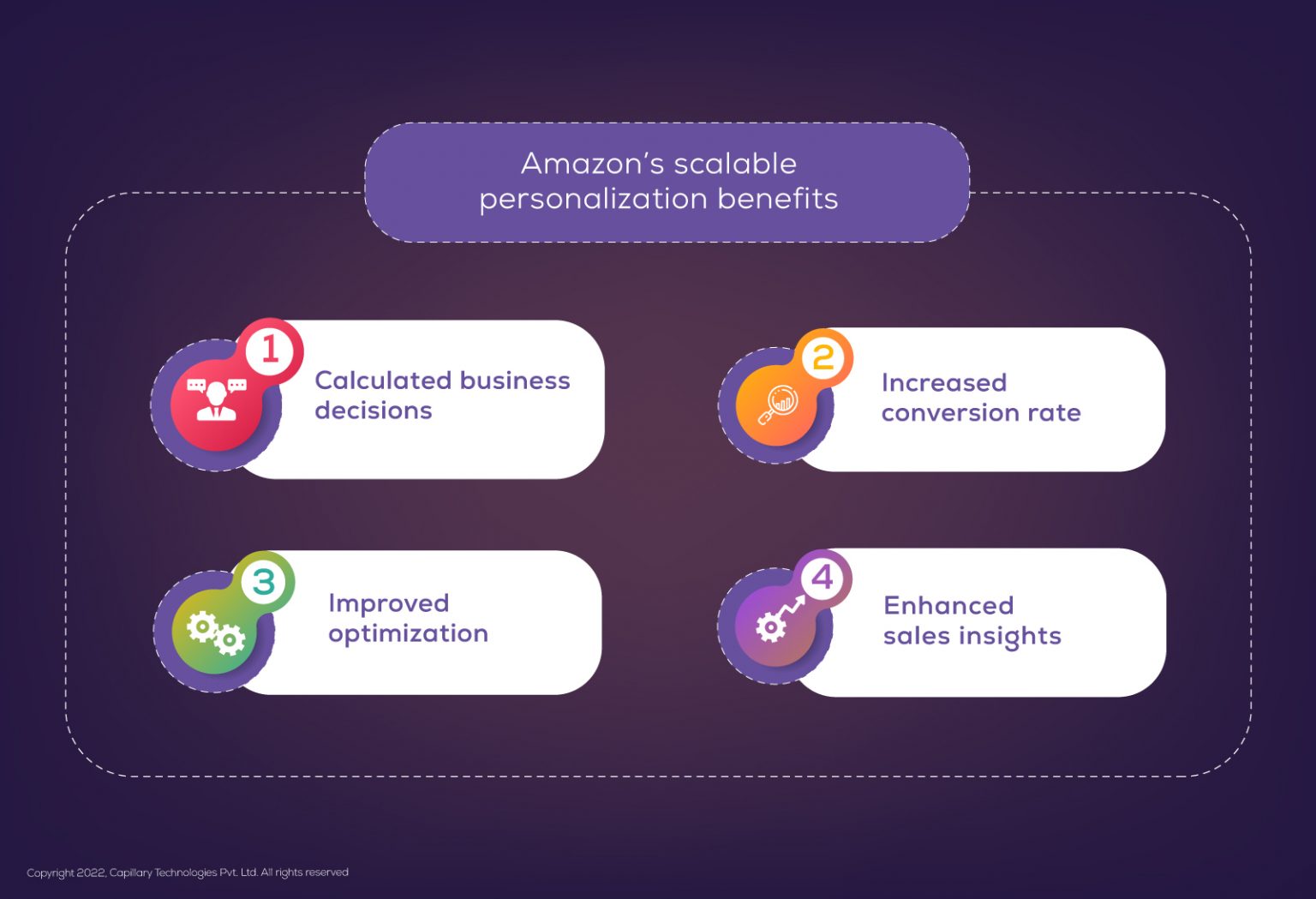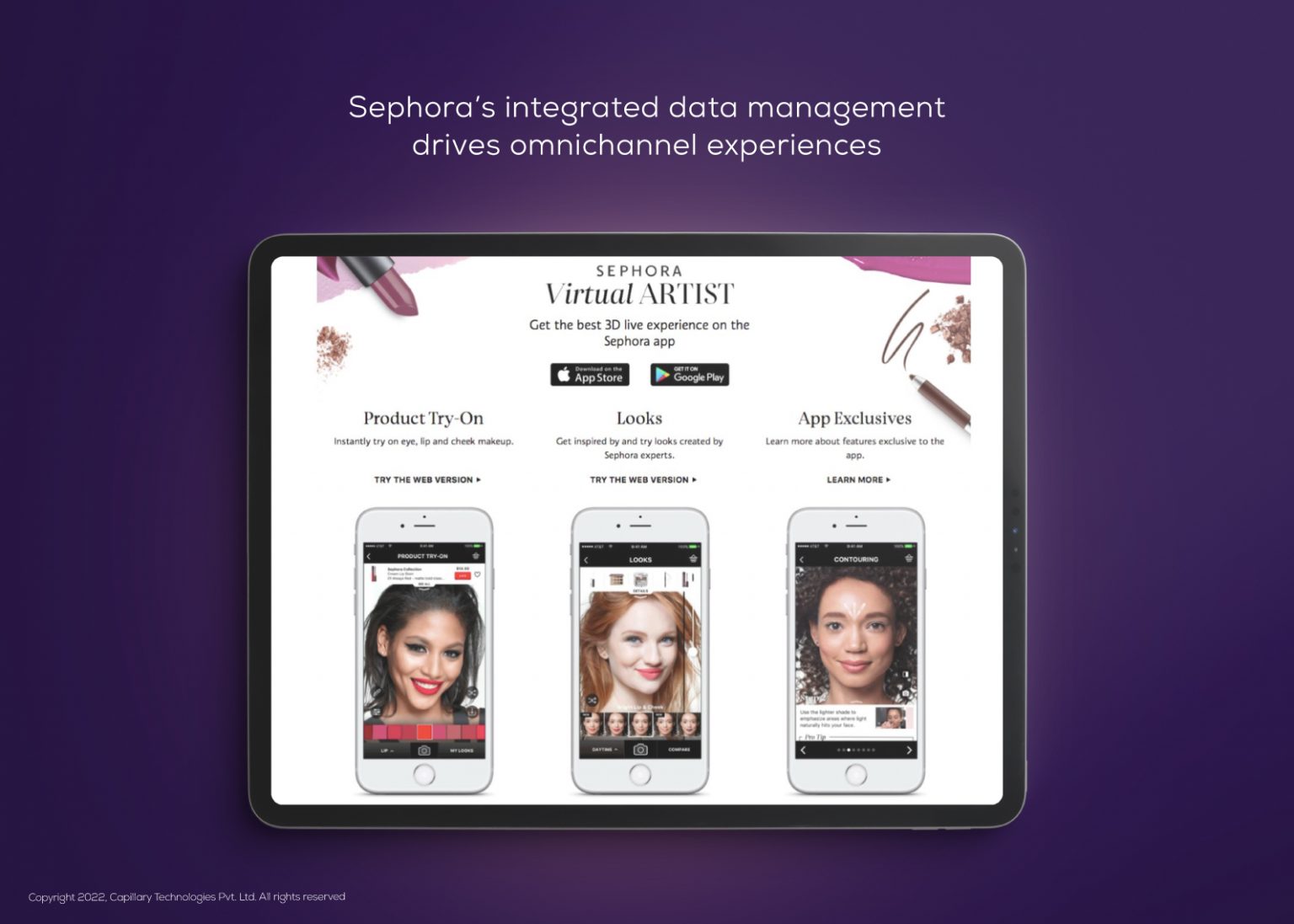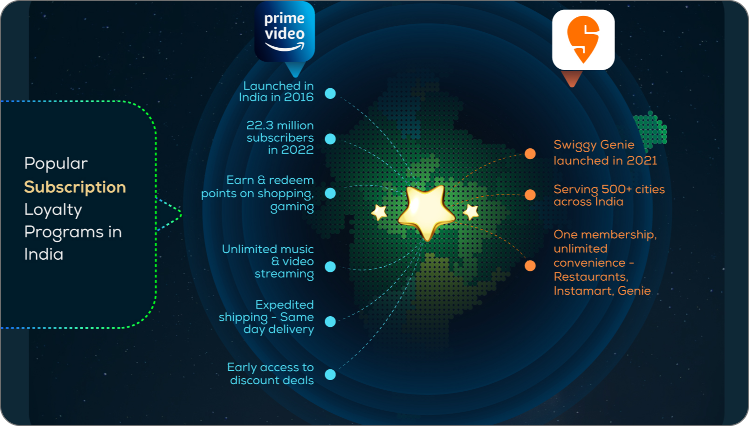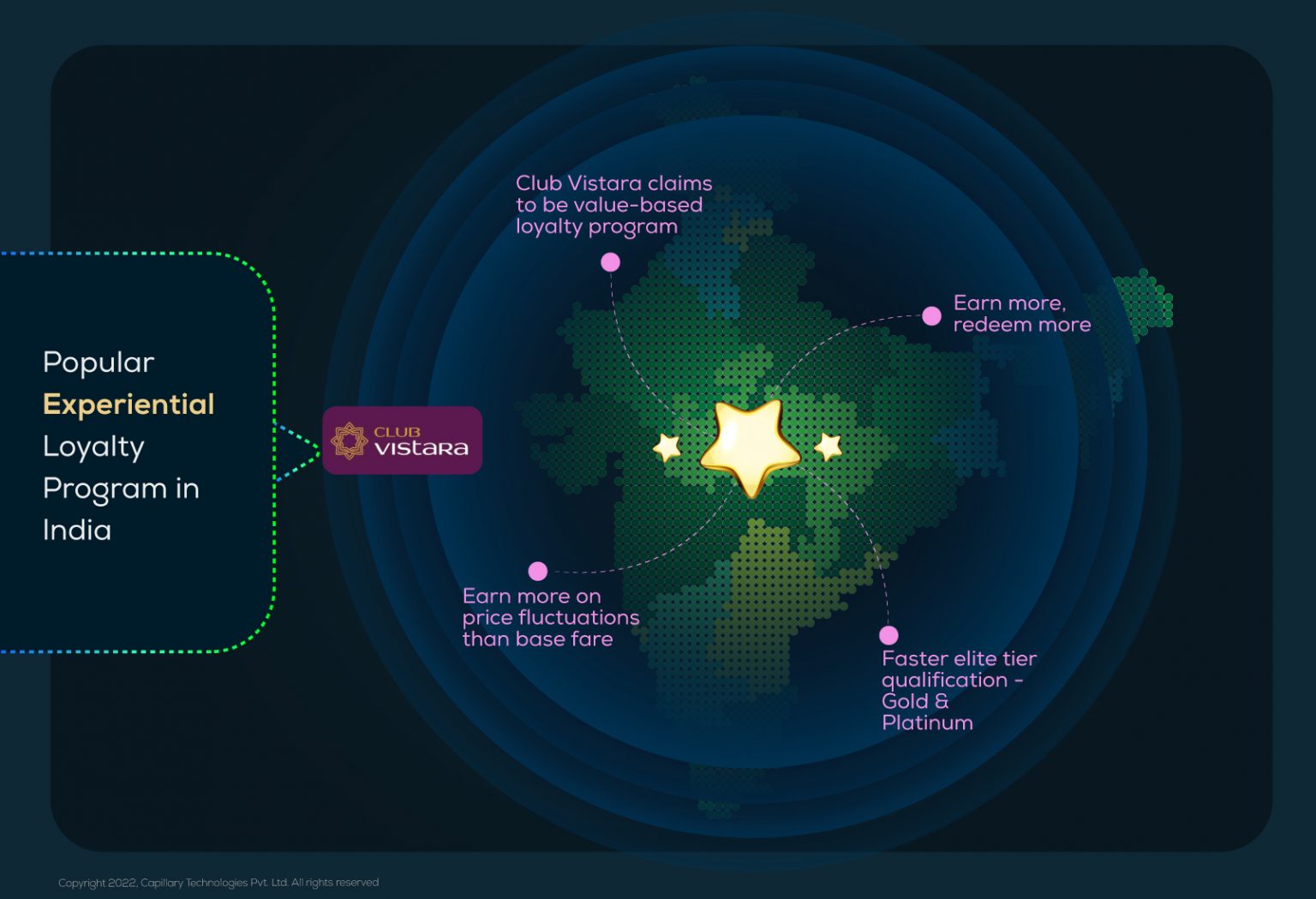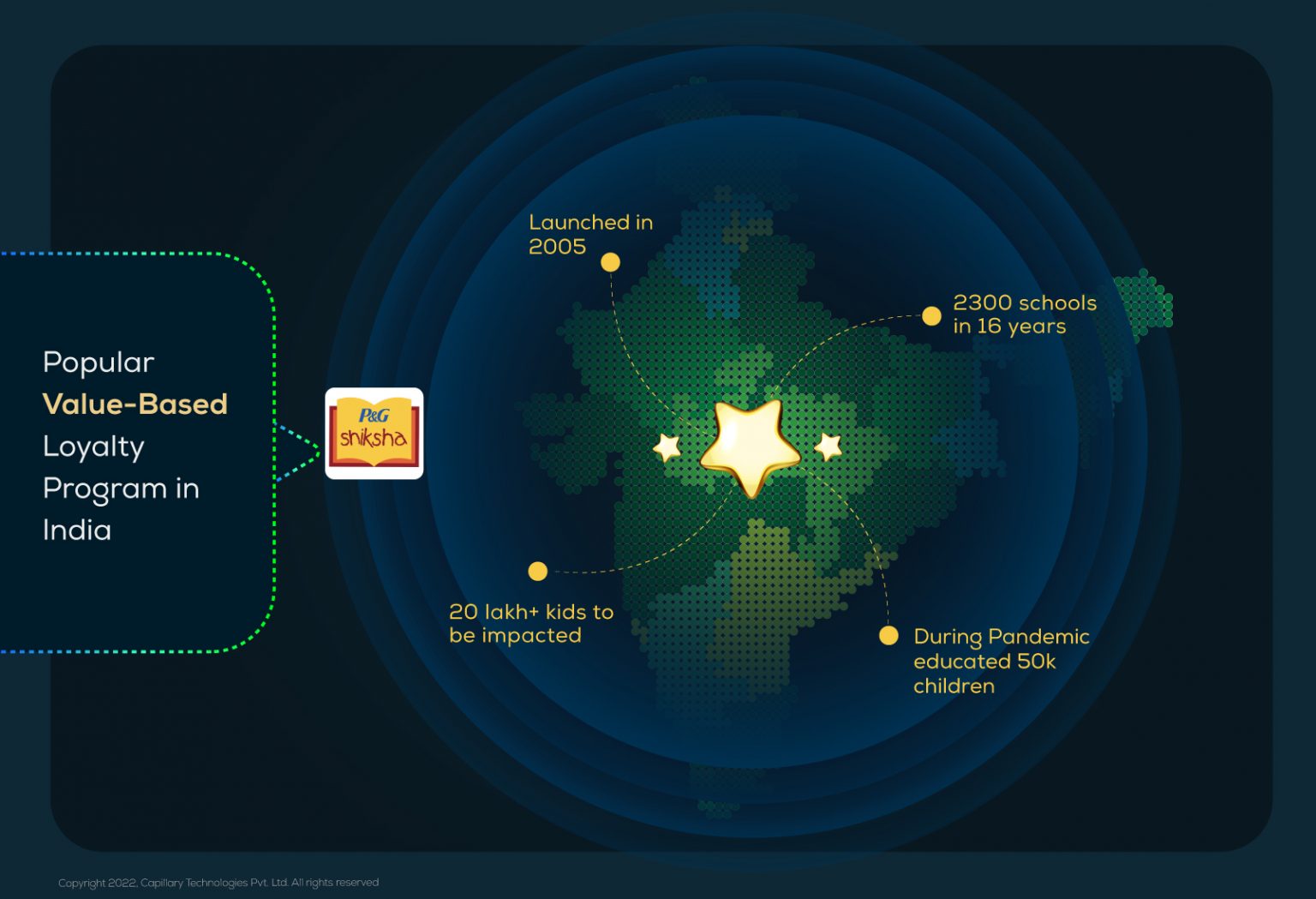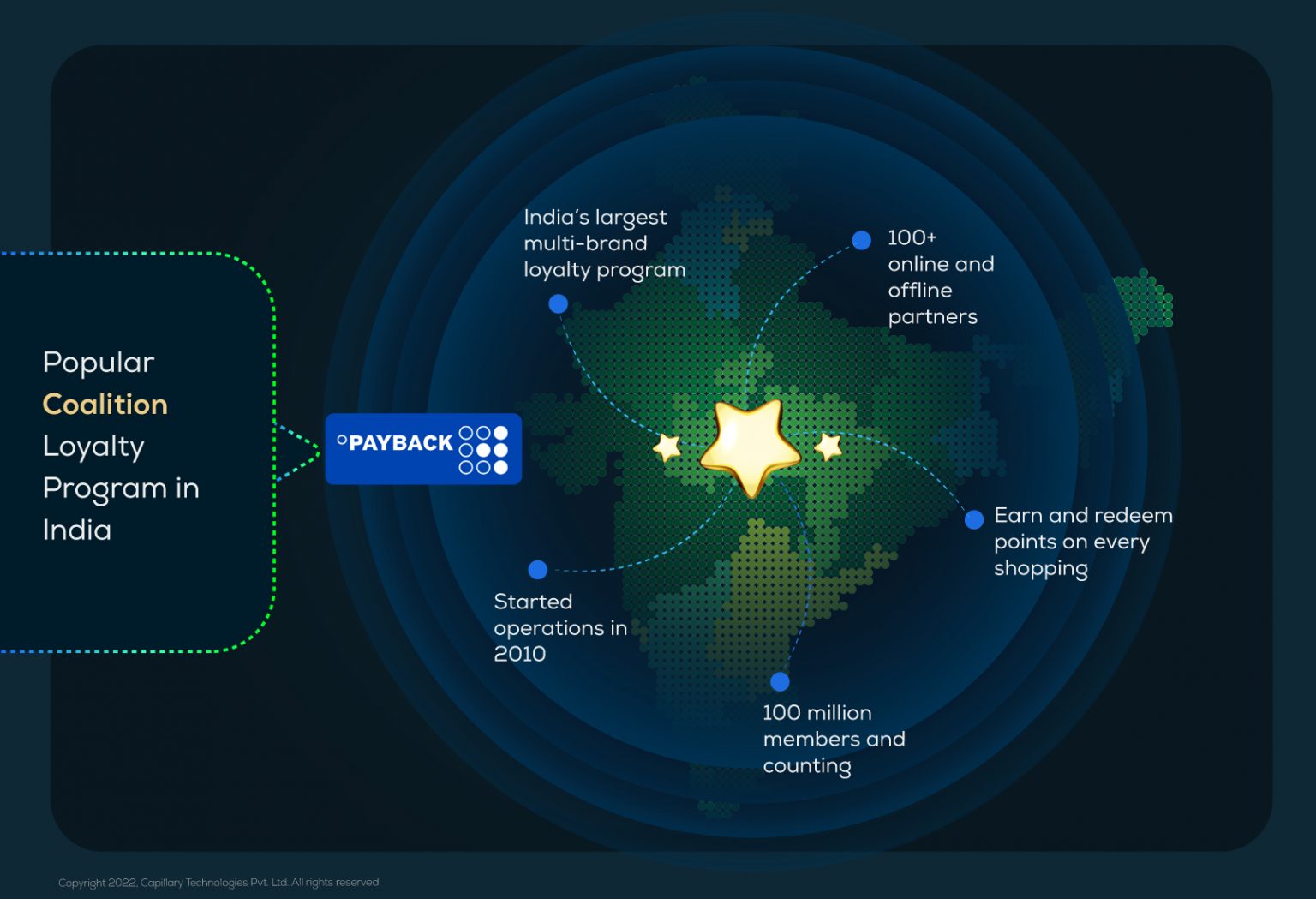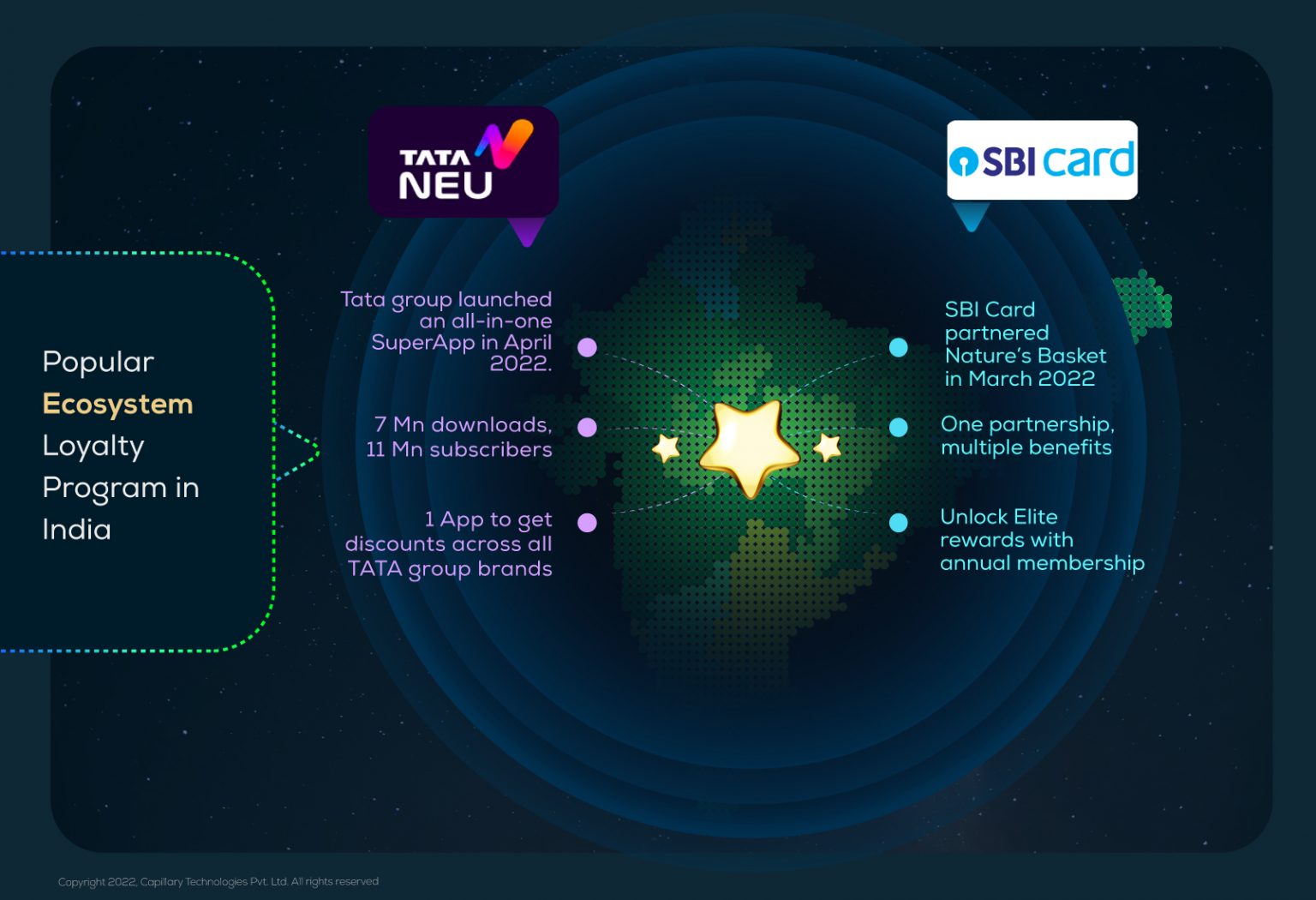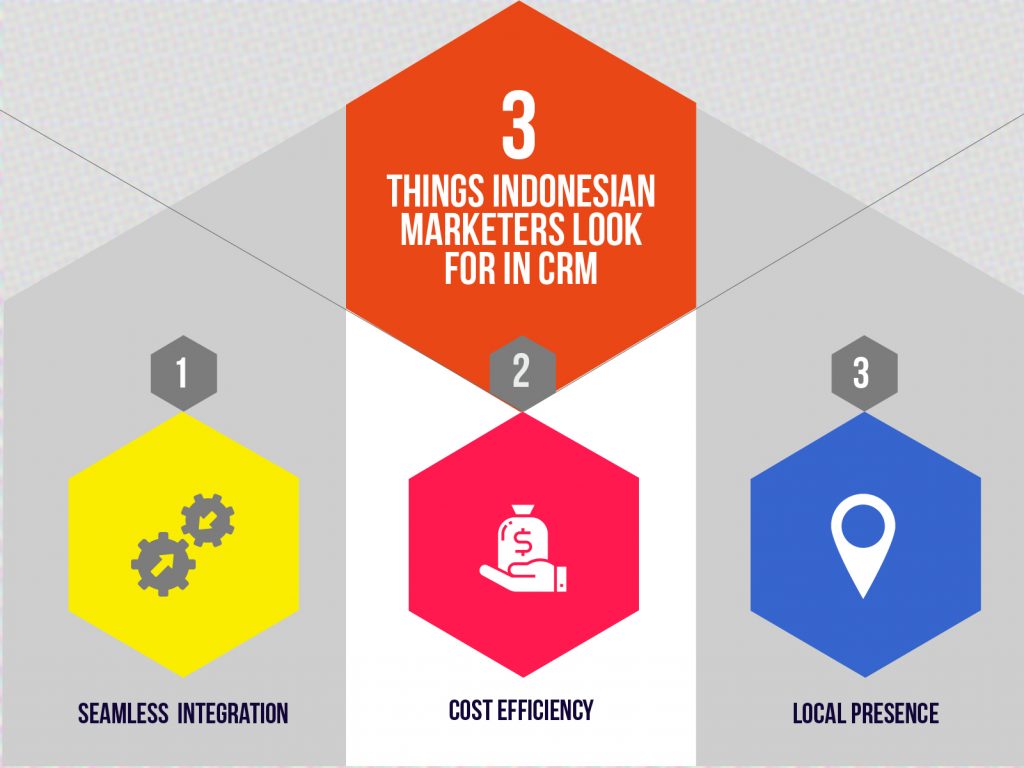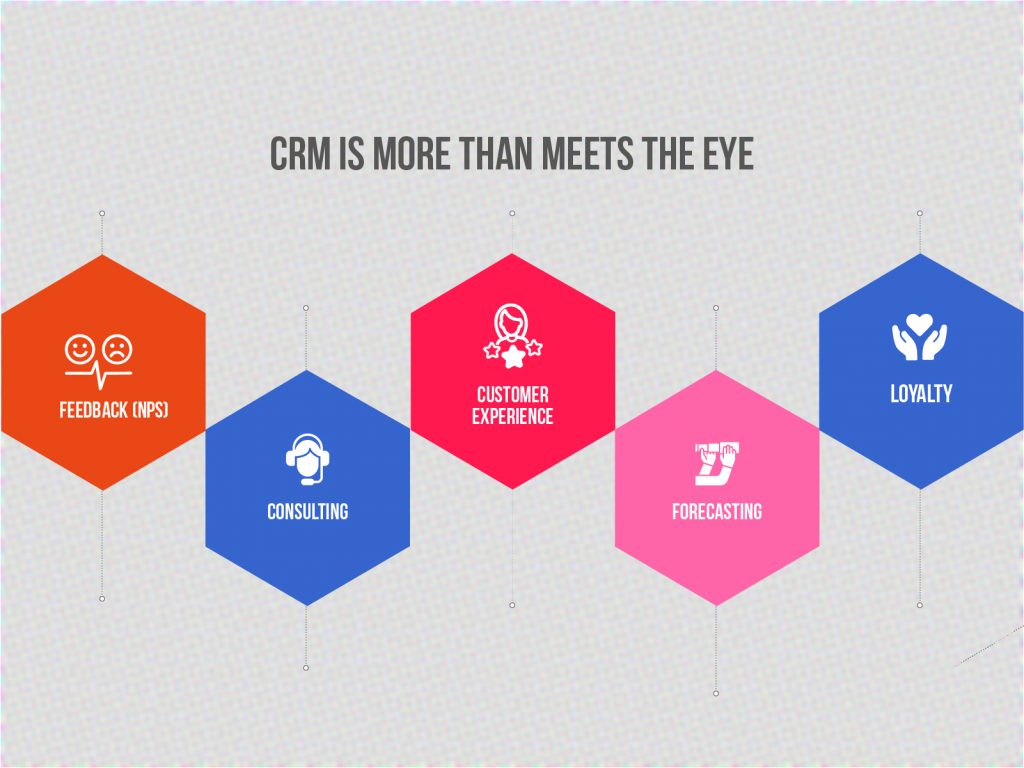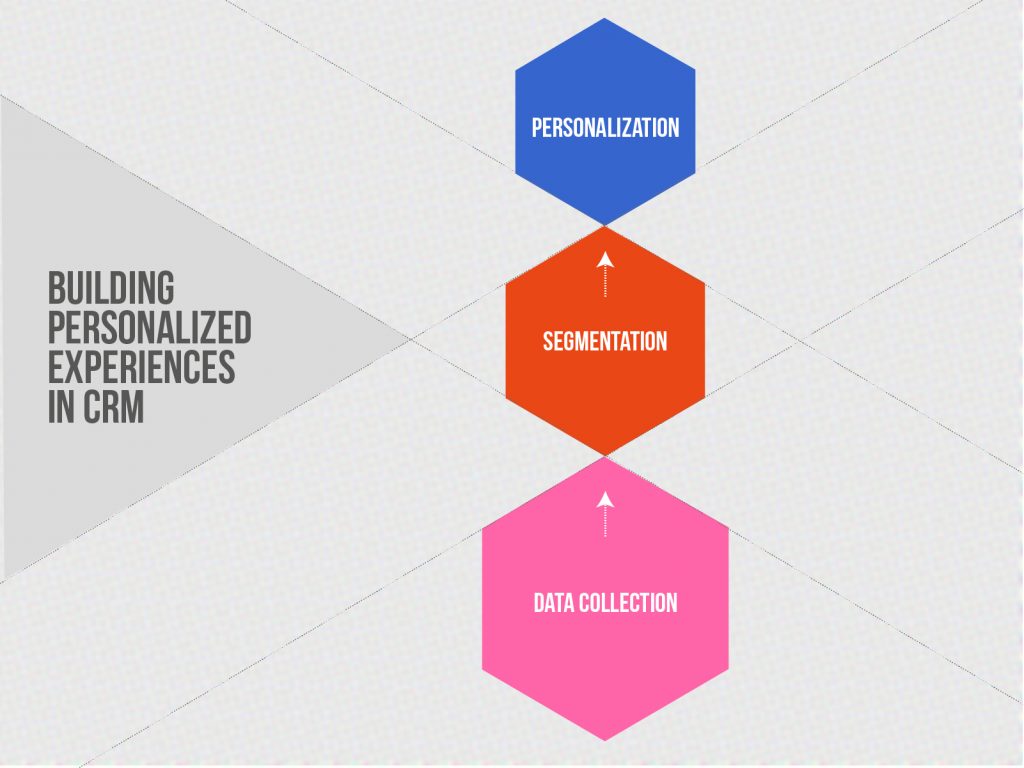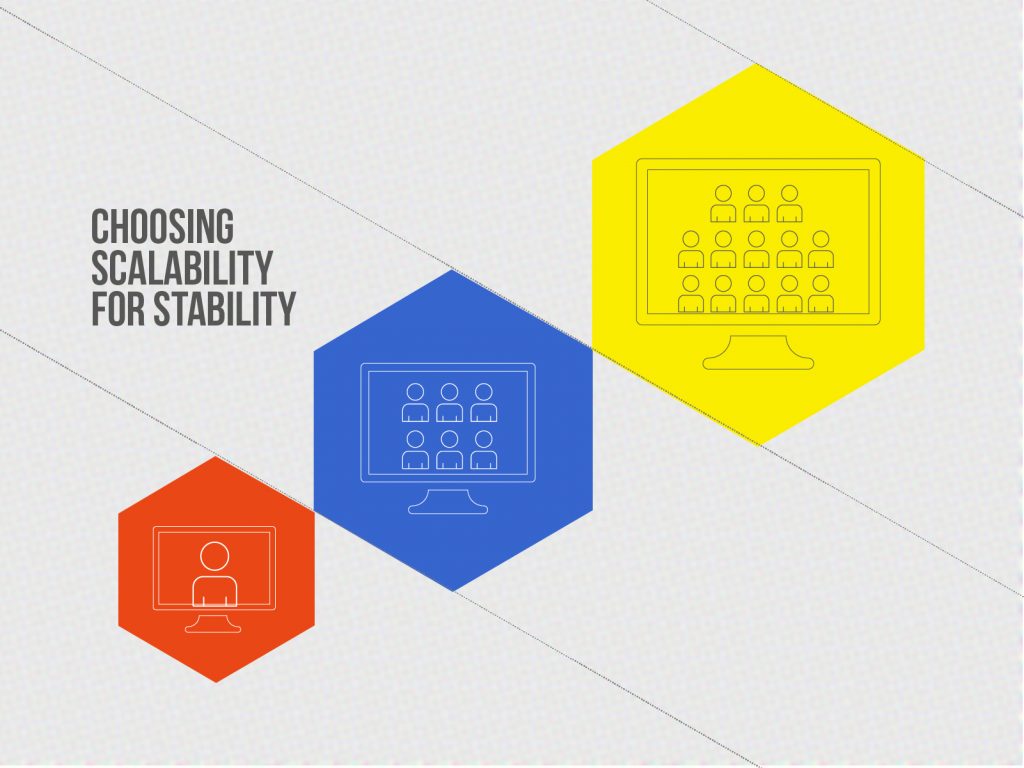While traditional shopping becomes more obsolete and premium, in the wake of rapid digital transformation, the future of omnichannel retail is data-driven and personalized. Customers expect nothing short of the most striking and meaningful moments of truth that enable them to engage better with brands across multi-channel touchpoints. Advanced customer analytics enabled by superior marketing intelligence platforms in combination with tech stacks that are backed by a singular source of truth are in high demand. Let’s not forget that loyalty programs can further customize communication as per unique customer needs and preferences.
For maximum long-term retention through timely gratification, they need to be designed and factored into the overall digital marketing ecosystem carefully. Revolutionizing customer experience in the here-and-now, the following key data-driven trends are being adopted and redefined by leading brands powering efficient customer profiling, targeting, and segmenting practices.
1. Personalization at Scale
Global superstores and e-commerce giants like Amazon and Walmart are frontrunners when it comes to shaping better personalization practices. Amazon, in particular, has been investing heavily in its customer analytics to ensure higher levels of both sophistication and transparency. The company expanded its personalization program to ensure that customers’ products viewed can be bundled with products added to the cart so that they can make the best choices right before the purchase is made. Display items that are viewed are further recommended through additional products in the follow-up emails that confirm the transaction.
In addition to raising the bar with better personalization at scale, Amazon is also innovating heavily to offer relevant recommendations to their customers. With more nuanced and granular level offerings like the personal shopping service, for instance, the Prime service was extended to include this value-added benefit. Customers now take multiple surveys to complete their styles and fit preferences and then get customized recommendations from a specially hired team of stylists. These are curated from across half a million brand offerings available through efficient inventory mapping in combination with customer data analytics. Smaller businesses that came online during the pandemic are also moving in this direction drawing inspiration from larger players. Personalization at scale has many benefits from a data analytics standpoint. From a business growth and ROI perspective, they enhance sales insights to optimize marketing efforts around driving the conversion rate and, overall, inform better decision-making in the future as well.
Overall, some of the larger factors responsible for personalization success include:
Data Foundation: This includes developing a solid audience analytics framework to have a multidimensional view of the customer. It would also include segmenting customers and targeting them effectively based on customized recommendations.
Decisioning: As a crucial step in this regard, decisioning includes creating a library of campaigns and content that can better inform future strategies. Developing a multichannel decision engine can, moreover, avoid conflicting messages and drive maximum value per touchpoint.
Design & Distribution: Banking on cross-functional teams that can test and learn together, design and collateral distribution is the final and most crucial step in terms of optimizing each personalization campaign.
2. Removing Data Silos for Integration & Omnichannel Communication
Whether Banking, Retail, or Finance, all sectors are now looking at avoiding a compartmentalized approach to data management in the pursuit of integration. Many organizations have been struggling with this process issue for a while now. Streamlining all marketing activities surrounding the data collection, ingestion and personalization imply consolidation towards a single source of truth. Moreover, revenue insights, customer experience strategy, and predictive analysis also need to be integrated into the final process that defines better managerial decision-making. Considering new advancements in digital transformation, leading brands have already taken the necessary steps to avoid any kind of data silos too, then, deliver omnichannel value to customers. This step can offer a large strategic advantage to companies ready to innovate with the right talent on board. Let’s look at Sephora for instance.
The beauty-products retail giant has multiple digital and physical channels that came together to avoid silos in favor of ‘phygital’ experiences. The company innovated to gather and analyze customer preferences from across their varied services to figure out unique new makeovers and fashion consultation-based experiences. Delivering genuine omnichannel value also meant using ‘in-store’ methods to attract customers through an integrated digital app interface that was installed live. Thus, both on ecommerce product windows as well as in the store itself, customers can virtually try out every product before they buy. With the covid protocols in demand, not actually trying makeup in favor of digital tryouts is a huge uptick for brand trust and reliability as well.
Moreover, all customer communications are streamlined effectively to earn and burn loyalty points. The company ensures that marketing collaterals across devices can provide both the customers and the sales team with adequate resources to make the best optimization decisions. In this way, customers become part of Sephora’s data management ecosystem with profiling done based on both online browsing and purchasing patterns as well as in-store purchases. Sales associates then take the call on incentivizing products through a multi-tiered loyalty program that is much loved across key geographies. The results of synchronizing all of Sephora’s data management efforts towards the end goal of personalization have been nothing short of phenomenal. The loyalty program now has around 25 million members. In 2018, members accounted for 80 percent of Sephora’s total transactions. And for the third year in a row, with a score of 79 out of a possible 100, Sephora has claimed the top slot in Sailthru’s Retail Personalization Index.
3. Investing in Tools for Superior Data Management
The most important step in using customer data to drive unique experiences is deploying the right tech stack flexibly with the right platform. Tools and technology enablement can be driven effectively by bringing the right digital transformation partner on board. There are a whole set of criteria that can help companies determine their choice of partner – from effective personalization and campaign management to loyalty program scalability and deployment. There are several players competing for these services today with prominent names including Oracle, Adobe, Salesforce, and Acquia. Each offers a unique set of tools to optimize customer analytics to deliver higher sales and ROI.
In a world dominated by customer data and personalization trends, loyalty is a crucial pivot towards delivering maximum satisfaction. Whether for optimum instant rewards or long-term value drivers, get in touch with our experts at Capillary Technologies to enable the best-in-class loyalty programs suited to e-commerce transitions both new and old. Ultimately, customer data is only the foundation, but the decision-making will determine the success of organizations bold enough to transform their processes in favor of omnichannel customer experiences redefining the here and now.
